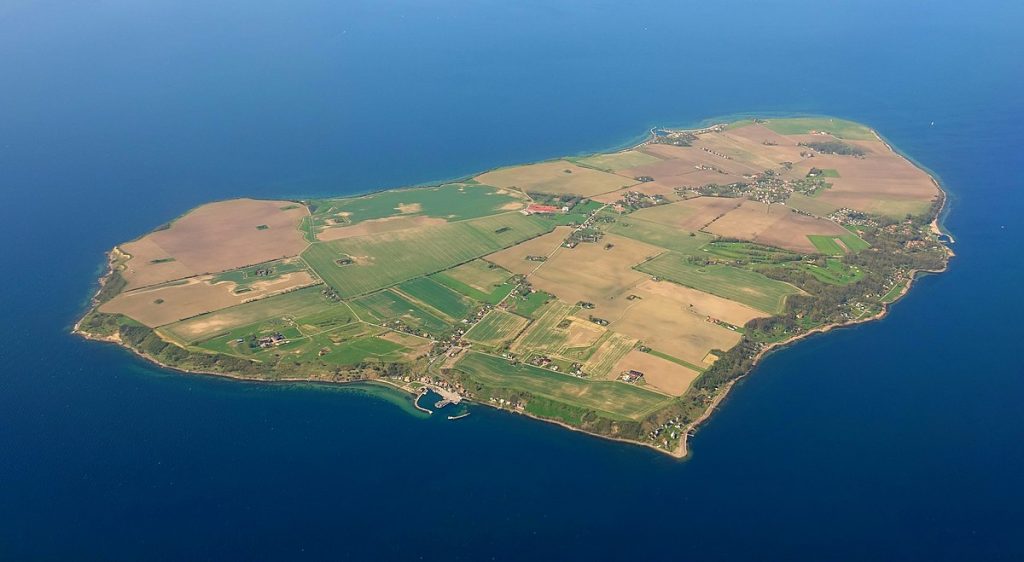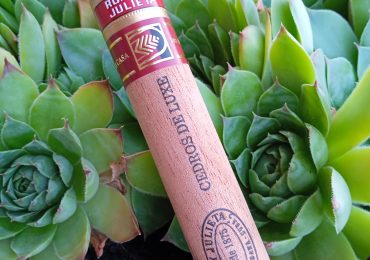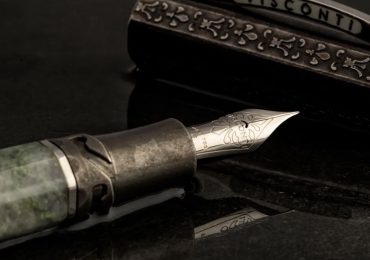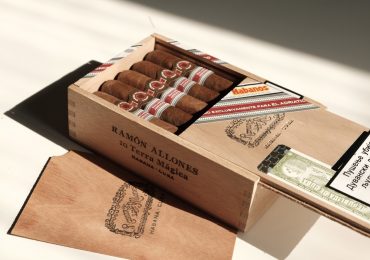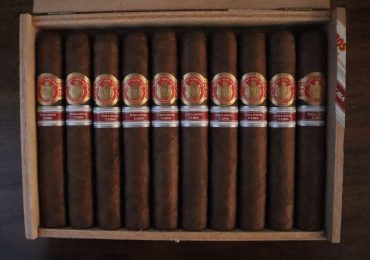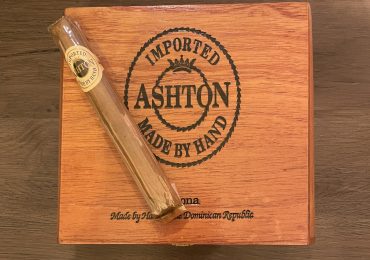In the last 2 decades we’ve seen a decisive emergence of New world whiskies on the international stage. From small craft distilleries servicing niche domestic markets flourishing into internationally renown cult brands, it is clear that in the 21st century, non-Celtic whiskies are here to stay. Compared to the whisky diaspora that had started a whisky producing tradition well into the 20th century or before (India, Japan, Spain or Czechia), Sweden could be considered late to the game.
Even so, the land of the midnight sun has made a considerable splash in a very short amount of time, Swedish whiskies earning considerable awards and finding home atop many “best of category lists”. Just last year, straight from the world’s smallest pot-still distillery and Sweden’s only island distillery, Spirit of Hven’s MerCurious was declared the world’s best corn whisky by the 2020 world whisky awards. Bjärtrå’s High Coast distillery claimed 3 high distinctions at the same competition in London, the “Quercus IV”; a bottle experimenting with Asian Oak maturation, stole the show with the gold award.
Today domestically made whisky sits proudly on Swedish shelves next to the local akvavit and many berry wines as the Scandinavian’s trustiest companions during the long winter months. There are about 17 malt whisky distilleries projects active in the country, the nation’s output capacity ranges from a maximum output of 1.8 million bottles a year (Mackmyra) to 35,000 liters a year (Smögen). Of these, only 3 Swedish brands are accessible internationally; Mackmyra, High Coast, and Spirit of Hven. Most operations are in their infancy such as the Arctic Arvidsjaour and Bergslagens distilleries. Others are preoccupied with maturation such as the Gotland distillery, as the cold Swedish climate dictates that distillers be particularly patient with their barrels. Only recently have whisky writers been able to taste barrels filled in 2010, from small producers such as Pär Caldenby’s barley distillate focused Smgöen brand on the nation’s west coast. Enthusiasts may be thankful, each passing year brings us closer to a wider spectrum of Sweden’s whisky output.
Nativity of Swedish Whisky
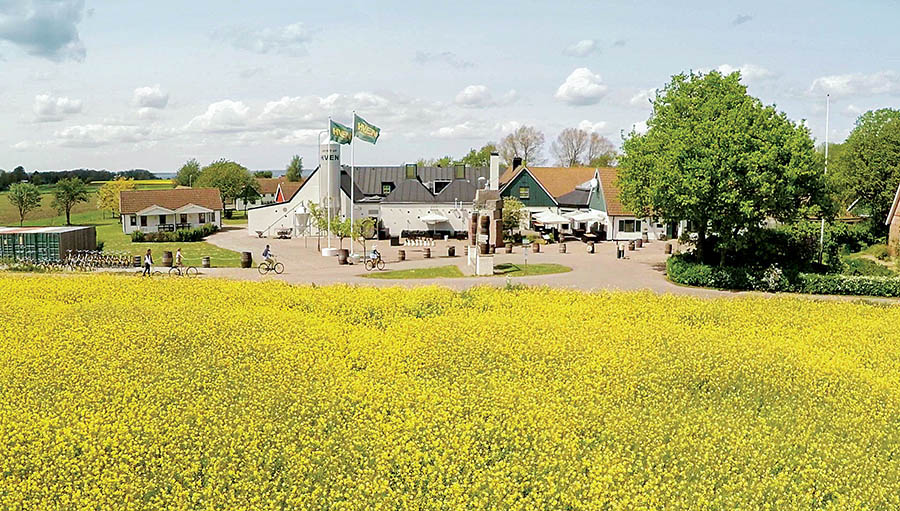
Where did this story begin? Home to over a thousand whisky appreciation societies and Stockholm’s burgeoning Beer and Whisky festival, Sweden has been no stranger to Uisce Beatha. However, the inception of all Swedish whisky is traced to a ski retreat on a winter night in 1998, when eight university peers gathered, each bringing a bottle of whisky for the host. Inspired by this synchronicity they felt incredulous at the lack of local distillates in their famously whisky loving nation. Spurred on, the proclaimed “whisky rebels” recognized the nation’s incredible conditions for whisky production, plentiful clean fresh water, good quality barley, and endless forests housing the mighty Swedish Oaks that would bring out one of the whisky’s defining characters. Within 6 months Sweden’s first whisky distillery, Mackmyra was founded in 1999. No less than 170 malt whisky recipes were considered by Rikard Lundborg and company before settling on two that would set the brand’s standard in 2002, the Elegant and the Smoke.
The “Elegant” matured in Ex Swedish Oak (Quercus Robur) casks for 6 years, features the tartness of pear and apple balanced with the vibrant spice of ginger and aniseed combined with herbaceous complexity of tobacco and grass. This youthful and bright profile was on show with Mackmyra’s inaugural release “The First Edition” in 2008, later rebranded as the Swedish Oak (Svensk Ek) . The local oak historically preserved by the Swedish crown as a source of timber for naval shipbuilding, contains much less lignin and xylose than other strains. A comparative lack of wood sugars highlighting black pepper and cardamom spice, rather than vanilla notes indicative of American oak.
The “Smoke” or Svensk Rök was launched in 2013 to much acclaim, a single malt peated from a local bog in Österfärnebo 50 km south of the distillery. Sourced entirely from Swedish ingredients within a 75-mile radius of the distillery located in the central Valbo district, Mackmyra’s peat comprises of the juniper branches that so often season Scandinavian dishes infusing the malt during kilning with distinctly Swedish flavors.
Mackmyra – The Pioneers
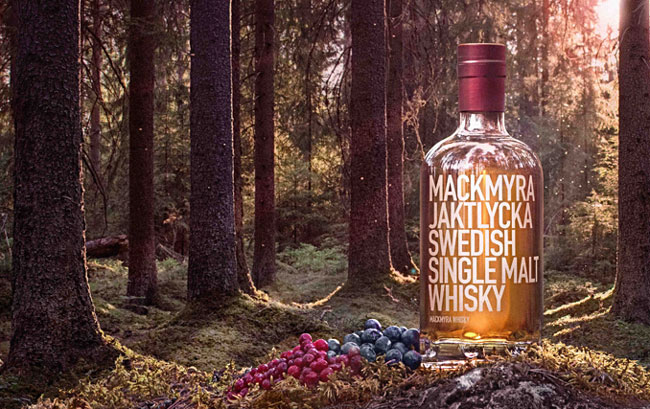
Taking its name after the village of Mackmyra where the distillery was founded, the Swedish origins of the name hint at a unique feature of the whisky produced. It’s suggested that “Mack” refers to the owlet moths indigenous to the region, once covered in impenetrable ice sheets. It’s gradual melting over the last 10,000 years revealing the mires or “myra” whose soils today provide the exceptional natural filtration of the waters used for bottling today. No stranger to the use of technology, the distillery further sterilizes the water as an extra with strong UV light beams once sourced from the Vilboas ridge. Whether this stage is absolutely necessary remains to be seen, as naturally filtered ancient meltwaters tracing from the Ice age has provided the central and northern Sweden with the best tap water in the world, earning its own distinction by locals “Mackmyra undistilled”
Embrace of state-of-the-art technology, while keeping one foot decisively in the past, with the spirit of smaller scale artisanal means of production is emblematic of the Mackmyra brand, and Swedish whisky generally. Just like a handful of other Swedish distilleries the copper pot stills are sourced from Forsyth’s in Speyside’s Rothes. In 2011 a new facility was built by Mackmyra following the ancient gravity method, stacking each step of production vertically in the 35-metre-tall building, milling and mashing on top, while distilling and bottling is done below. Energy is conserved bypassing the use of pumps, production’s waste heat is wrangled to regulate temperature in the facility. Even the juniper twigs used for peating are provided by a company tasked with clearing heathland for power lines. Vaunted as the world’s first climate-smart distillery, the atypical sleek and elegant structure has not gone unnoticed by many Scotch distilleries such as Bowmore and Oban, also having set renewable energy initiatives since 2011.
Situated remotely deep in the Swedish forest, the sleek distillery is not even a rock’s throw away from the wild beauty that inspires its elixirs. The latest lines such as the Mackmyra’s season range launched in late 2013, are a testament to the brand’s innovative spirit, creating elixirs that reflect the seasonal changes of Scandinavia and beyond. The recent Mackmyra Jaktlycka single malt is infused with the autumnal notes deep in the surrounding woods like lingonberry and blueberry, imparted via Swedish berry wine casks from the craft distillers, Grythyttan.
Artificial Intelligence Whisky
Recently in 2019 in commemoration of their 20-year anniversary, Mackmyra doubled down on their reputation of being the foremost leaders of innovation, with the release of it’s controversial AI produced whisky, the Mackmyra “Intelligens”. As master blender Angela D’Orazio explains Finnish company Fourkind spearheaded the operation resulting in a recipe created by an algorithm crunching the data from 75+ different bottlings. Countless factors were programmed to be taken into account including tasting notes, cask types, aging potentials, predicted consumer, and projected sales recepetion. Churning out various recipes, Angela D’Orazio selected one recipe out of the countless ones generated to become the first machine made whisky. The AI projected correctly with the bottle selling out within a single day in Aug 2019. Expectations were met. The result? An accessible golden yellow fruity elixir with the characteristic apple brightness of Mackmyra with a perceptible white pepper, toasted oak cask finish. With the brave move either a magnificent step forward, or a gimmick scorned by purists, Mackmyra certainly lives up their reputation as the “Explorers of Whisky”
The most beautiful distillery
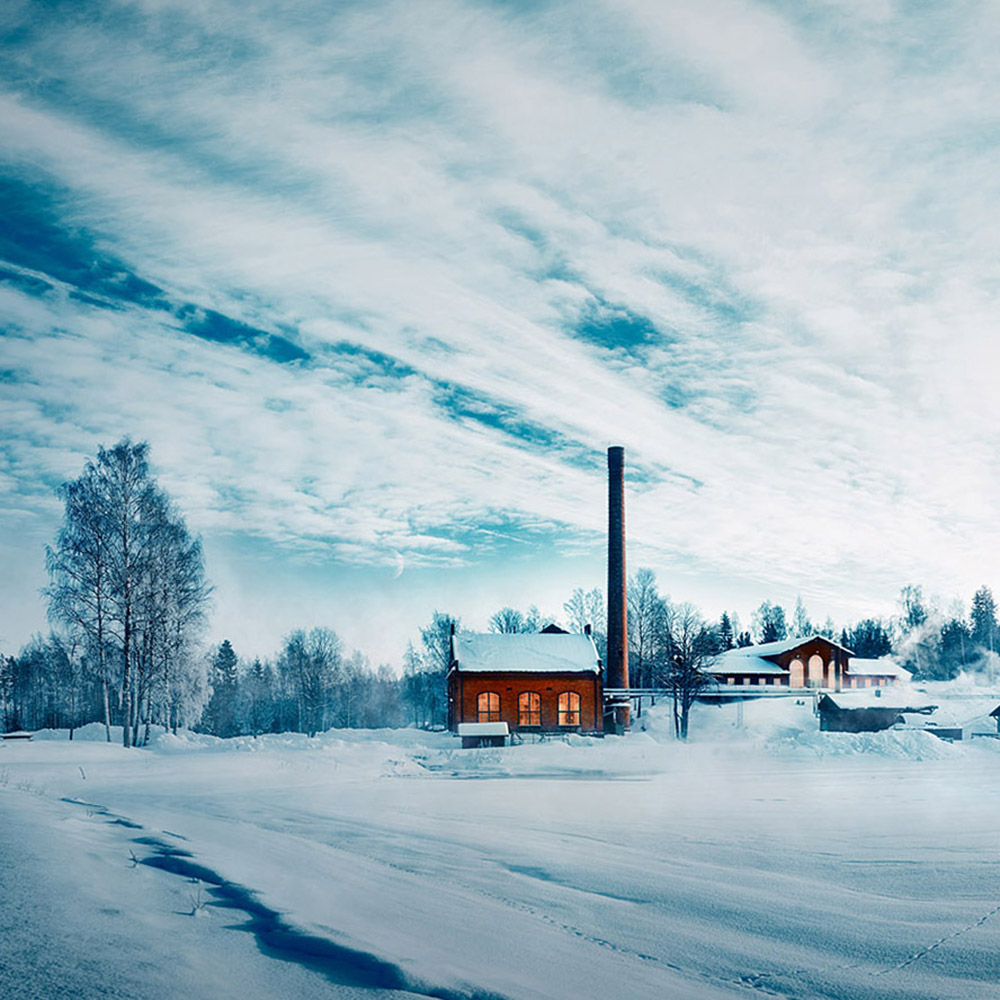
Moving on to Sweden’s second largest facility and the world’s Northernmost whisky producers is the formerly called Box distillery. In fact, the 63rd parallel runs directly through the maturation warehouse. Originally named “Box” after the distillery’s occupying of a former box factory’s power plant, the producers would settle on High Coast, the stunning Swedish region known for hiking and tourism, designated by UNESCO as a world heritage site. The High Coast distillery has been called one of the most beautiful distilleries in the world partially by virtue of it’s aesthetically pleasing repurposing of the old power plant, and by virtue of the unmatchable natural majesty that surrounds it; placed on the banks of the pristine Ångermanälven river 320 km north of Mackmyra. The facility’s inaugural distillate was produced in November 2010, and has already released an impressive variety of bottlings way beyond its years, with the Origin series, Silent Mills collection and the much-celebrated Quercus line.
Unique 70 degree difference
Here the whisky is the ultimate expression of the harsh climactic extremes of Sweden’s Noorland, ranging between -40C during the winter to 30C in the summer. This is no small variable, when we consider that only about a dozen degrees centigrade separate a Scottish winter from a summer, or in the case of the island of Orkney, a mere 8 degrees. What at first glance may be seen as a hurdle, has been embraced as an asset. Manager Roger Melander explains, the considerable temperature fluctuation day by day and enormous 70-degree variation between seasons provide a “unique maturation profile”. Constant contraction and expansion of the oak, severe pressure and temperature changes provide maximum interaction between the spirit and the wood, transmitting fruity compounds into the liquid, that are a defining characteristic of High Coast bottlings.
From mashing to fermenting Melander enhances the naturally occurring fruity esters released from high temperature fluctuation. Whereas he learnt his skills in Scotland, Melander took inspiration from Japanese production styles, insisting on a clear wort during mashing hardly seen outside the land of the rising sun. The idea came along when considering the similar climates between High Coast and Nikka’s Yoichi distillery. Thereby extra steps are conducted, three washbacks in use, cloudy wort is siphoned, the water recycled until the residue has all strained, leaving a clear wort. The lack of lipids in the clear wort introduces fruity esters early on.
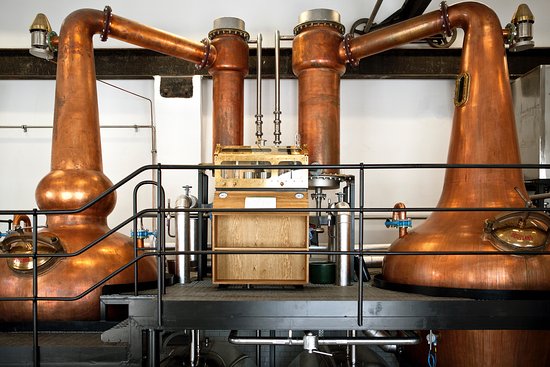
High Coast Copper stills
Doubling down on these fruity characteristics, High Coast imports its yeast from France to react during an especially long 82-hour fermentation cycle. The lactic acid bacteria interaction with the clear wort builds flavour profiles, reinforcing notes of lime and citrus. In the pristine wilderness on the edge of the Arctic circle, time runs at a different pace, quality and consistency of flavour coming before any other restraints. Combining the worlds of traditional Scottish and New world Japanese methodologies, each step of whisky production is painstakingly researched by the High Coast distillers. By controlling variables such as malt, yeast, and water as much as possible, the distillers may produce an elixir where the nature of Northern Sweden may exert the most influence on the final product. The unheated warehouses are a testament to High Coast’s special bond with its natural surroundings, Noorland’s dramatic temperature range in combination with is native oak, the most powerful factors guiding the final elixir.
Pristine mountain water
The enviable position of the distillery is fully taken advantage of, namely in harnessing the incredible force of the Ångermanälven river. 500,000 liters of frigid pristine mountain water pass outside the distillery per second, making High Coast perhaps the most privileged whisky producer when it comes to water supply. The low temperature of the fast-moving river brings to the forefront the highly advantageous factor of cold-water access. These temperatures determine the rate at which the distillate condenses as it travels through the spirit still through the condenser to the spirit safe. Often an overlooked factor, the length of interaction between the alcohol vapour and the copper of the Lyne arm has a major affect on the final whisky produced. As Melander explains wrangling the low temperature of the water, enacts a condensation that facilitates clear unambiguous flavours, just as pure as river that cools it. Islay’s similarly sized Kilchoman distillery’s distillate enters the spirit safe at 37 degrees Celsius, Laphroaig at 28 Celsius, and High Coast’s between 2 – 4 degrees Celsius, as major difference that makes all the difference when you try a High Coast single malt.
High Coast Expressions
The latest output from High Coast is 4 bottle “The Origin series” celebrating the dramatic natural landscape, mountains, timberlands, and fresh water rapids that provide the inspiration and philosophy behind the distillery’s whiskies. Each release is named after a defining element of Northern Sweden; Hav, sea, Timmer, timber, Älv, river, and Berg, mountain.

The Hav is a blend of 76% unpeated whisky, and 23% peated whisky matured in a combination of Swedish, Hungarian Oak casks for 5 months before being transferred to a bourbon cask for 6 years. The mix of peat and unpeated whisky the prefect allegory for the freshwater Ångermanälven river draining in the salty sea. The end result is a fruity body well balanced with undertones of spice and light peat before finishing in a flourish of cloves, oak and vanilla, imparted by the bourbon maturation.
However, it was the High Coast Berg that would go on to win 2 gold medals at the Stockholm Beer and Whisky festival for Swedish whisky, and Worldwide whisky. A bottle that capitalizes on its fruitiness, the end result is a dramatic and deep whisky that envelops rich notes of gooseberry, Sultana grapes, dark chocolate, with subtle spiciness before concluding with a prolonged rich date and honeyed sweetness. The Berg required the work of first fill bourbon casks, American oak/Spanish sherry casks before being finished off in old Pedro Ximénez casks.
Aside from Mackmyra and High Coast, there are other exciting whisky innovators that we’re getting the chance to get more acquainted with, with each passing year. The Spirit of Hven are up and coming specialty distillers that are receiving especial attention by their insistence of sole use of organic raw materials, for their whiskies, gins, and blackcurrant vodka. Located on a tiny island between Denmark and Sweden in the Öresund, in true underdog fashion the world’s smallest pot stilled commercial distillery produced the world’s best corn whisky in 2020, the MerCurious.
